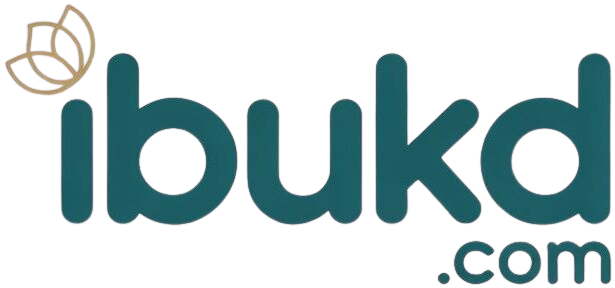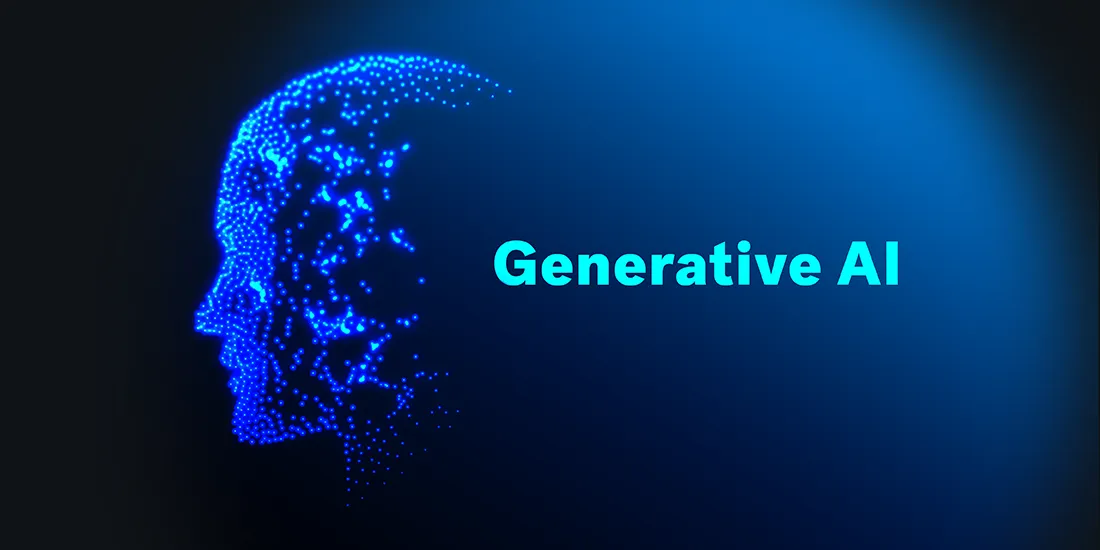In 2025, one technology stands out above all others in shaping industries, cultures, and daily lives: Generative Artificial Intelligence (AI). Once seen as futuristic and experimental, generative AI is now a mainstream force influencing business, social media, healthcare, education, and even entertainment. Its ability to create text, images, video, and audio in seconds is changing not just how we work, but also how we think about creativity and innovation.
This article dives deep into how generative AI has evolved, why it’s trending now, and what it means for the future.
What Makes Generative AI Different?
Unlike traditional AI systems that focus on analyzing data or making predictions, generative AI creates something new. It uses large datasets and advanced neural networks to produce human-like outputs that range from full articles to realistic artwork or lifelike voices.
What makes it revolutionary is the blend of speed, scale, and personalization. A single individual can now produce content at the level of a professional studio, often in minutes. This democratization of creativity explains why generative AI is the most talked-about trend in 2025.
Generative AI in Social Media
Social media has always been a mirror of cultural trends, and in 2025, generative AI dominates this space. Users rely on AI to:
-
Create captivating images and short videos that align with trending aesthetics.
-
Generate personalized captions and hashtags to improve visibility.
-
Produce AI-assisted avatars or stylized versions of themselves.
-
Engage with followers through automated replies and chatbots.
This trend has blurred the line between what’s human-made and what’s AI-assisted. Creators are discovering new levels of efficiency, while audiences are fascinated—and sometimes skeptical—about the authenticity of the content they consume.
How Businesses Leverage Generative AI
For businesses, generative AI is not just a creative tool; it’s a competitive advantage. In 2025, companies are using AI to:
-
Automate Marketing Content – From email campaigns to social media posts, AI ensures consistency and speed.
-
Enhance Customer Experience – AI chatbots now engage with customers in natural, empathetic ways.
-
Product Development – Generative models help in designing products, packaging, and even brand logos.
-
Market Predictions – Businesses combine generative AI with analytics to forecast trends and customer needs.
This integration reduces costs, improves efficiency, and allows even small businesses to compete on a global stage.
Generative AI in Education
The education sector has seen one of the fastest adoptions of generative AI. Students and teachers alike are benefiting from AI-powered systems that can:
-
Draft essays, lesson plans, and summaries.
-
Translate complex topics into simple, digestible formats.
-
Provide real-time tutoring and feedback.
-
Generate simulations and interactive learning experiences.
However, this trend also raises concerns. Will overreliance on AI reduce critical thinking skills? Or will it empower students to learn at their own pace? The balance between assistance and independence is a major discussion point in 2025.
Healthcare Transformed by Generative AI
Healthcare is another field where generative AI is making an impact. Doctors, researchers, and patients are experiencing changes such as:
-
Medical Imaging: AI generates enhanced images for faster diagnosis.
-
Drug Discovery: Generative models simulate molecular structures, speeding up the process of finding new medicines.
-
Patient Communication: AI chatbots assist in answering medical queries and managing appointments.
-
Mental Health: Generative AI tools provide guided meditation, therapy support, and wellness coaching.
The result is a more personalized, accessible, and efficient healthcare system.
Generative AI and Entertainment
In the world of entertainment, AI has become a creative partner. Musicians use AI to compose melodies. Filmmakers generate storyboards and even realistic visual effects. Writers collaborate with AI to draft scripts, novels, or poetry.
The beauty lies in co-creation—human imagination guided by machine precision. Some purists argue this undermines originality, but others see it as a tool that amplifies human creativity to new heights.
The Challenges of Generative AI
While the benefits are undeniable, generative AI also brings serious challenges:
-
Authenticity – With so much AI-generated content, how can we trust what’s real?
-
Copyright Issues – Who owns AI-generated creations? The user? The AI company? This remains legally complex.
-
Job Displacement – Many fear AI may replace creative professionals, though others argue it creates new opportunities.
-
Ethical Use – Deepfakes, misinformation, and misuse of AI raise societal concerns.
Balancing innovation with responsibility is the defining challenge of this trend.
Why Generative AI Is Trending in 2025
Several factors explain why generative AI has become the hottest trend this year:
-
Accessibility – Tools are widely available and user-friendly, requiring little technical knowledge.
-
Affordability – What once required expensive equipment can now be done with free or low-cost apps.
-
Speed – Instant generation of content appeals to today’s fast-paced world.
-
Virality – AI-generated trends spread quickly on social media, fueling curiosity and engagement.
Simply put, generative AI fits perfectly with the needs of our digital age.
The Human Touch: Staying Relevant in the Age of AI
Despite the excitement, one truth remains clear: people crave authenticity. While AI can generate endless content, the human story, emotion, and perspective remain irreplaceable. Creators and businesses that combine AI efficiency with genuine human connection are the ones thriving in 2025.
The winning strategy is not to compete with AI but to collaborate with it—using it as a tool while maintaining originality and values.
Future Outlook: Where Do We Go from Here?
Looking ahead, several trends are likely to shape the next phase of generative AI:
-
Regulation and Transparency – Governments and platforms may require AI content to be labeled.
-
Hybrid Creativity – Human-AI collaborations will become the new standard for content creation.
-
Personalized Experiences – AI will tailor content not just to demographics but to individual preferences.
-
New Professions – Roles like AI content strategist, AI ethicist, and AI trainer will emerge.
Generative AI is not just a passing trend—it’s becoming a permanent fixture in our lives.
Conclusion
Generative AI is redefining creativity, business, education, healthcare, and entertainment in 2025. Its ability to empower individuals and organizations is unmatched, but it also forces us to confront ethical, legal, and cultural challenges.
As we move forward, the key lies in embracing AI responsibly—leveraging its strengths while preserving the authenticity and originality that make us human. Generative AI is not here to replace us; it’s here to transform how we express ourselves and how we connect with the world.

